| Item Type: | Article |
|---|---|
| Title: | The Green Gut: chlorophyll degradation in the gut of Spodoptera littoralis |
| Creators Name: | Badgaa, A., Büchler, R., Wielsch, N., Walde, M., Heintzmann, R., Pauchet, Y., Svatos, A., Ploss, K. and Boland, W. |
| Abstract: | Chlorophylls, the most prominent natural pigments, are part of the daily diet of herbivorous insects. The spectrum of ingested and digested chlorophyll metabolites compares well to the pattern of early chlorophyll-degradation products in senescent plants. Intact chlorophyll is rapidly degraded by proteins in the front- and midgut. Unlike plants, insects convert both chlorophyll a and b into the corresponding catabolites. MALDI-TOF/MS imaging allowed monitoring the distribution of the chlorophyll catabolites along the gut of Spodoptera littoralis larvae. The chlorophyll degradation in the fore- and mid-gut is strongly pH dependent, and requires alkaline conditions. Using LC-MS/MS analysis we identified a lipocalin-type protein in the intestinal fluid of S. littoralis homolog to the chlorophyllide a binding protein from Bombyx mori. Widefield and high-resolution autofluorescence microscopy revealed that the brush border membranes are covered with the chlorophyllide binding protein tightly bound via its GPI-anchor to the gut membrane. A function in defense against gut microbes is discussed. |
| Keywords: | Chlorophyll, Chlorophyll Degradation, Lepidopterans, Chlorophyllide Binding Protein, Imaging of Chlorophyll Catabolites, Pheophorbide, Pyropheophorbide, Larval Gut Imaging, Animals, Spodoptera littoralis |
| Source: | Journal of Chemical Ecology |
| ISSN: | 0098-0331 |
| Publisher: | Springer |
| Volume: | 41 |
| Number: | 11 |
| Page Range: | 965-974 |
| Date: | November 2015 |
| Official Publication: | https://doi.org/10.1007/s10886-015-0636-0 |
| PubMed: | View item in PubMed |
Repository Staff Only: item control page

 Tools
Tools Tools
Tools

